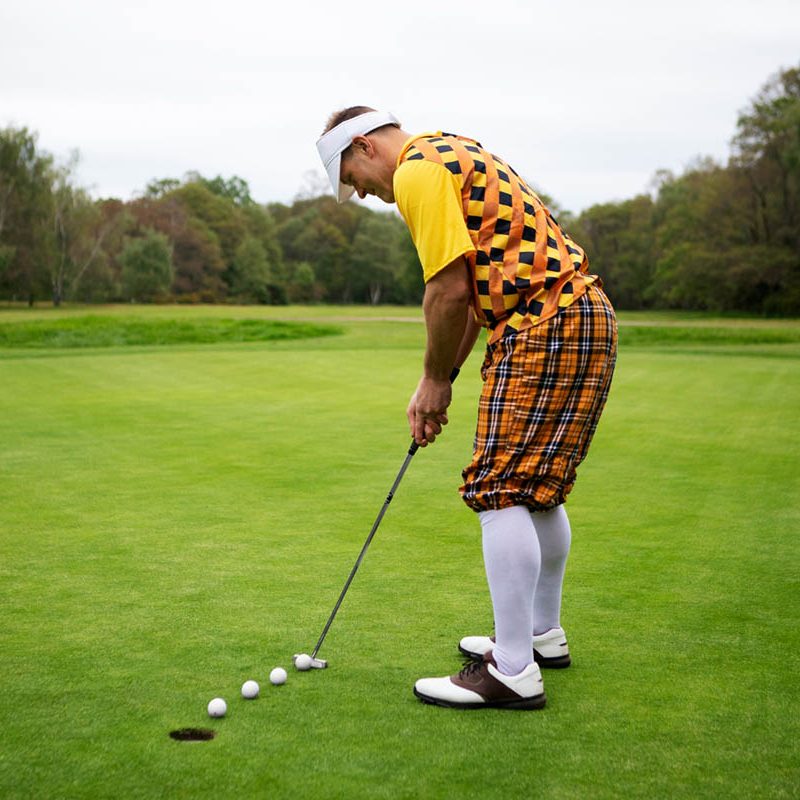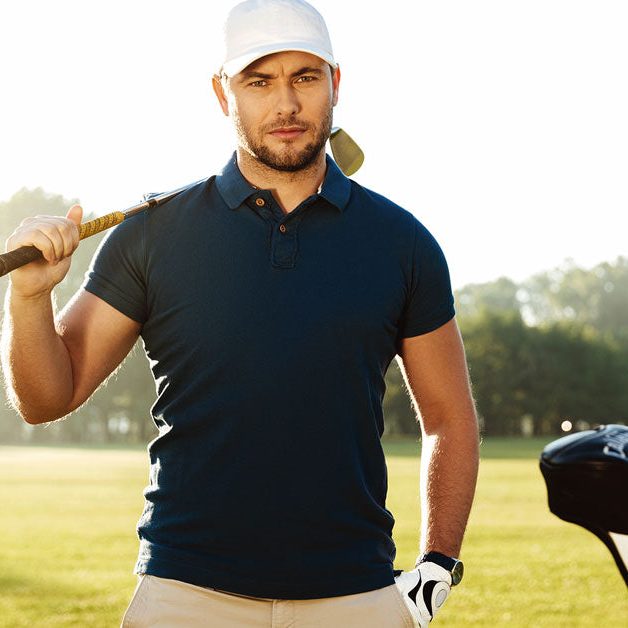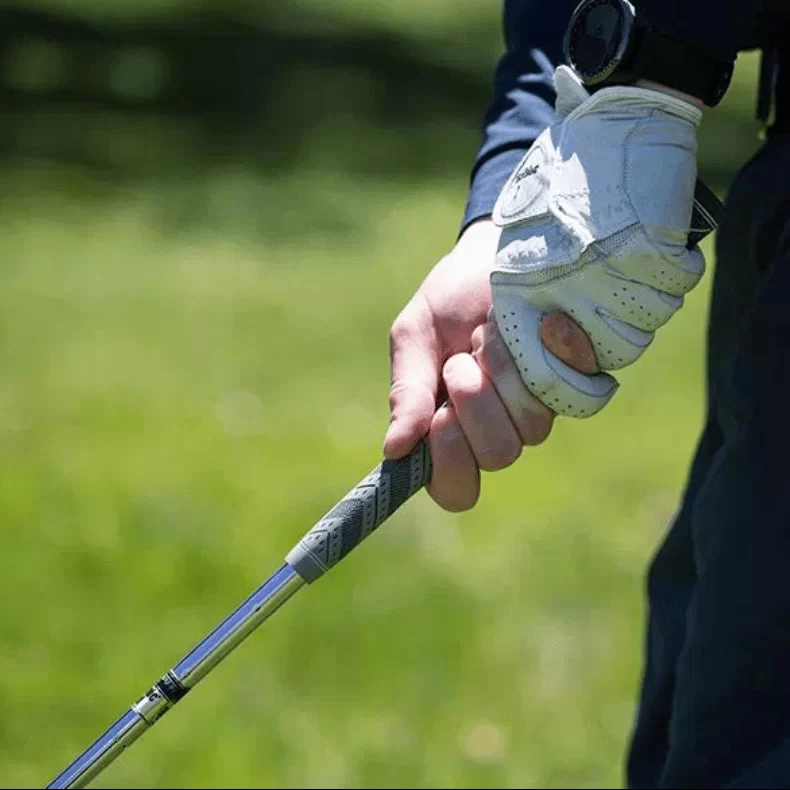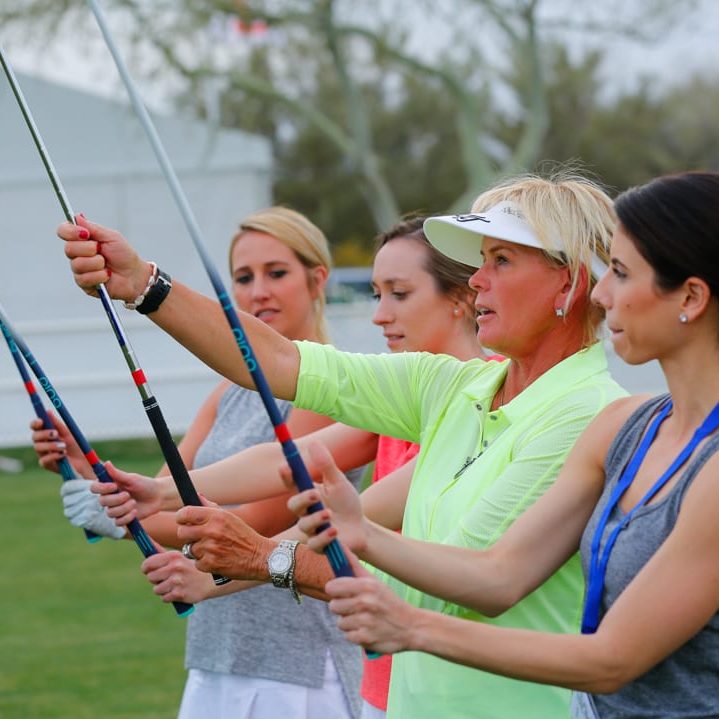Introduction: The Importance of Grip in Golf
Proper grip is crucial in golf. It affects your swing, accuracy, and overall performance on the course. A good grip helps create a consistent stroke and allows you to control the club face throughout your swing. Many beginners overlook this important aspect, leading to frustration and poor results. By focusing on how to hold a golf club correctly, you can improve your game significantly. This article will guide you through the steps and techniques for achieving a proper grip, ensuring you have a solid foundation for your golf journey.
Understanding Different Grip Types
The Overlapping Grip
The overlapping grip is a popular choice among many golfers. This grip involves placing the pinky finger of the trailing hand over the index finger of the lead hand. It creates a connection between the hands that helps maintain control during the swing.
This grip is favored by professional golfers due to its stability and ability to generate power. It is especially useful for those with larger hands, as it allows for a more comfortable hold on the club. By using the overlapping grip, golfers can enhance their overall performance and consistency.
The Interlocking Grip
Another common grip option is the interlocking grip. In this technique, the pinky of the trailing hand interlocks with the index finger of the lead hand. This grip is often suitable for golfers with smaller hands or those seeking greater control.
The interlocking grip provides a secure feel and can improve cohesion between the hands. It is frequently used by players like Tiger Woods and Jack Nicklaus. Choosing the interlocking grip can boost confidence and promote a controlled swing, enhancing your overall game.

Proper Hand Placement
Positioning the Lead Hand
How to hold a golf club? The placement of the lead hand is vital when holding a golf club. For most players, this involves placing the club’s grip in the fingers rather than the palm. The grip should lie across the base of the fingers, allowing for better control.
To ensure proper positioning, hold the club at shoulder height. The lead hand should point straight down, and the thumb should lie along the grip in a neutral position. This creates a stable foundation for your swing. A well-positioned lead hand is crucial for achieving accuracy and power in your shots.
Positioning the Trailing Hand
Once the lead hand is properly positioned, the trailing hand should be placed correctly on the grip. The palm of the trailing hand should face the target, allowing for a natural alignment. The thumb should wrap around the grip but not apply excessive pressure.
Like the lead hand, the grip should rest primarily in the fingers rather than the palm. This positioning enhances feel and responsiveness during the swing. Together, the lead and trailing hands create a cohesive unit that facilitates better performance on the course.
Creating the Right Grip Pressure
Understanding Grip Pressure
Grip pressure can greatly affect your swing and its outcome. Too much pressure can lead to tension in your hands and arms, hindering your swing’s fluidity. Conversely, too little pressure can cause a loss of control and stability.
Optimal grip pressure is about finding a balance. Aim for a light to moderate grip that allows for freedom in your hands while ensuring control over the club. This balance helps maintain focus throughout the swing, ensuring better accuracy and distance.
Tips for Maintaining Grip Pressure
To find the right grip pressure, imagine holding a tube of toothpaste without squeezing out the contents. You want to apply enough pressure to hold the club securely, but not so much that it leads to tension. A relaxed grip allows for a smoother swing, improving your performance.
Practice gripping the club with varying pressures during practice sessions. This will help you become more aware of what feels comfortable and effective. Finding your ideal grip pressure will contribute significantly to your success on the course.

Checking for Alignment and Wrist Position
Ensuring Proper Alignment
Proper alignment plays a significant role in achieving a successful swing. Your hands should be aligned with the clubface, promoting consistent contact with the ball. Check that the back of your lead hand is facing the target at address.
Be mindful of the position of your wrists as well. They should maintain a neutral position, neither too flexed nor too extended. This alignment sets the stage for a powerful and accurate swing, making it critical to your performance.
Maintaining Neutral Wrists
To ensure your wrists remain neutral, practice setting up with the club in front of your body. Keep your arms relaxed and allow your wrists to naturally hinge slightly. This positioning promotes a more effective swing and reduces the risk of injury over time.
Take time during practice sessions to evaluate your hand and wrist positions. Making adjustments as needed will help solidify these important fundamentals.
Practicing the Grip: Drills and Techniques
Grip Pressure Drill
A useful drill for reinforcing proper grip techniques involves using a rubber band. Place a rubber band around the grip of your club to provide gentle tension. This resistance encourages a consistent grip pressure throughout your swing.
Practice swinging with the rubber band in place, focusing on maintaining even pressure. This exercise helps develop muscle memory and reinforces the importance of grip pressure in your overall performance.
Mirror Check Drill
Using a mirror can help you assess your grip and positioning. Set up in front of a mirror with your club in hand. Observe the placement of your hands, wrist angles, and overall posture.
Make adjustments as necessary to ensure proper alignment. This visual feedback will help you develop better habits and improve your grip technique. Regularly checking your form will lead to greater consistency in your game.

When to Seek Professional Help
Recognizing the Need for Guidance
While many golfers can self-teach proper grip techniques, some may require professional assistance. If you struggle to maintain consistency or experience persistent issues, it may be time to seek guidance from a golf instructor.
A professional can offer personalized feedback and help identify areas for improvement. They can analyze your grip and swing mechanics, providing tailored advice that can accelerate your progress. Investing in lessons can yield long-term benefits for your golfing journey.
Choosing the Right Instructor
When seeking professional help, look for certified golf instructors with experience in teaching grip techniques. Consider their teaching style and approach to ensure it aligns with your learning preferences. A good instructor should create a supportive and positive environment for improvement.
Research potential instructors in your area to find someone who understands your goals. Don’t hesitate to ask for references or reviews from past students. A solid foundation in grip techniques can set the stage for a successful and enjoyable golf experience.
Conclusion: The Foundation for Success
In conclusion, mastering how to hold a golf club is essential for every golfer. Your grip influences your swing, accuracy, and overall enjoyment of the game. By understanding grip types, hand placement, and pressure, you can create strong foundational skills.
Incorporating practice drills and seeking professional guidance when necessary will contribute significantly to your development as a golfer. As you refine your grip technique, you’ll enjoy improved performance and greater confidence on the course.
Every time you pick up your golf club, remember that the way you hold it can make all the difference in your game. Commit to practicing these fundamentals, and you’ll be well on your way to becoming a more skilled golfer. Enjoy your journey to mastery!
